One of the questions I often hear from folks who are new to playing guitar is “What should I practice?”
It’s a valid question. After all, a lot of guitarists are self-teaching with little to no guidance on how to learn to play guitar.
In this article, I’ll break down the main elements of a practice routine for beginner guitar players.
You can also jump straight to the suggested practice routines by clicking here.
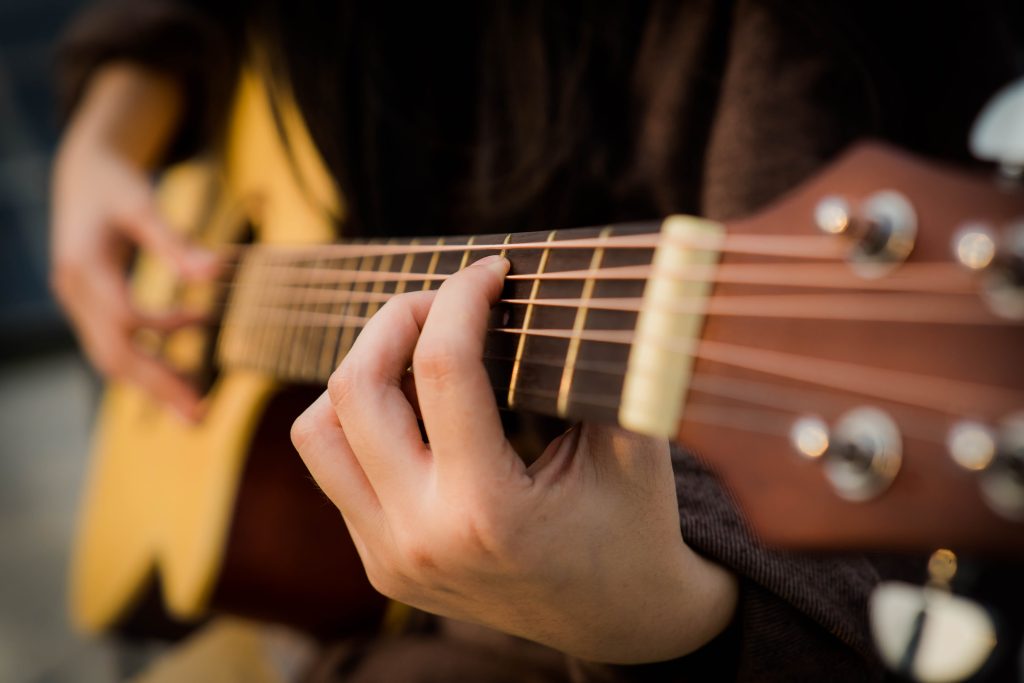
Table of Contents
- Managing Practice Time
- Getting Started: Warming-up
- Guitar Technique
- Music and Repertoire
- Managing Time and Suggested Practice Routines
- How to Practice Guitar
- Wrapping-Up
Managing Practice Time

The first thing you need to figure out is how much time you can dedicate to practicing guitar.
This will influence your practice routine and how you manage your practice time. You’ll want to use your practice time efficiently to progress faster.
Ask yourself the following questions:
- How much time can I dedicate to practicing guitar when I pick it up?
- Can I pick up the guitar every day? Every other day?
Once you are able to answer these questions, you’ll get a better idea of how to focus your practice.
If you can practice every day, great! If not, that’s fine too. What matters most is how you use your practice time.
You can take a look at suggested practice routines here. You’ll see options for 5-10 minutes, all the way to 1 hour or more.
Getting Started: Warming-up
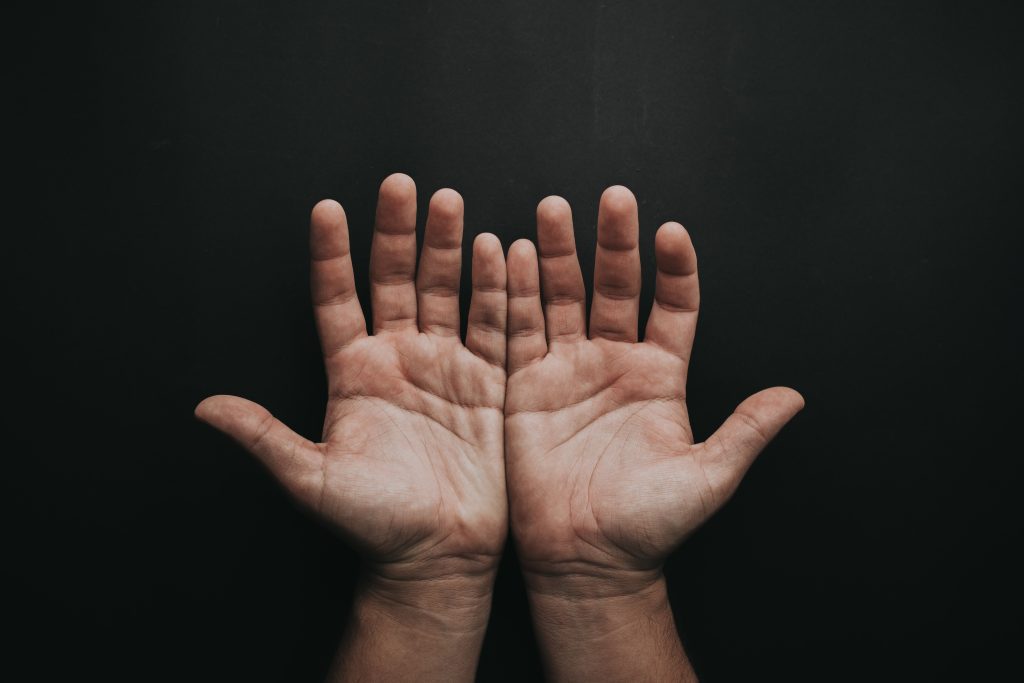
A warm-up should get the blood flowing in your hands and prepare them for what you are going to be practicing during the session.
Warming up is not only great for healthy hands, but it also sets you up to have a better practice session.
Here is what you should do:
- Basic Stretches for both hands
- Playing the Open Strings of the guitar with the right-hand
- Simple chromatic exercises with the left hand.
- (Optional) Hammer-ons and Pull-offs
Stretches
Stretching your hands before playing guitar is like a runner stretching their legs before a run. It helps to prepare the muscles before physical activity.
Playing the guitar is physical activity. Our fingers jump around the fretboard and play complex chords, scales, and more.
Do your fingers a favor and stretch! Here is a tutorial with essential stretches.
Open-Strings and the Right-Hand
Playing the open strings on the guitar allows us to warm up and zoom in on how our right-hand plays the guitar strings.
A lot of guitarists focus on the left hand and forget the right hand is what makes the strings produce a sound.
Take a few minutes during your warm-up and examine how your right hand plays the strings.
You can focus on down-picking, up-picking, and alternate picking. It sounds simple, but a lot of guitar players have trouble doing these consistently.
Left-Hand Warm-Up
My #1 suggestion for warming up the left hand is chromatic exercises. These exercises can be done anywhere on the fretboard and are not complicated.
Chromatic exercises move up and down by step. For us that play the guitar, that means that we move up or down one fret at a time.
Playing frets 5,6,7,8 would be moving up chromatically. Playing frets 8,7,6,5 would be moving down chromatically.

Spend a few minutes doing these all over the neck. You will warm up your left hand and get comfortable playing notes all over the guitar fretboard.
Hammer-ons and Pull-offs (Slurs)
*If you are brand new to the guitar, don’t worry too much about this section. Feel free to skip it.
Hammer-ons and Pull-offs can be challenging, but I wanted to include them since they are common on the guitar.
Hammer-ons and Pull-offs are both techniques that are found all over guitar music.
A hammer-on is when we play one note and then “hammer on” the next one, without plucking the string a second time.
A pull-off is the reverse. We play a note, and then “pull off” to a note that is already held. Again, we only pluck the string one time.
We can apply hammer-ons and pull-offs to the chromatic exercise we covered earlier.
If we take the chromatic exercise (5,6,7,8), we can add hammer-ons and pull-offs. They would look something like this:

Pull-offs would be the reverse:
6, (5) – 7, (6) – 8, (7)
*The notes in parenthesis are the notes that are not plucked.
These are great for a warm-up but should be a little later in the routine. They require more energy to play on guitar and can tire out our hands quickly.
Guitar Technique
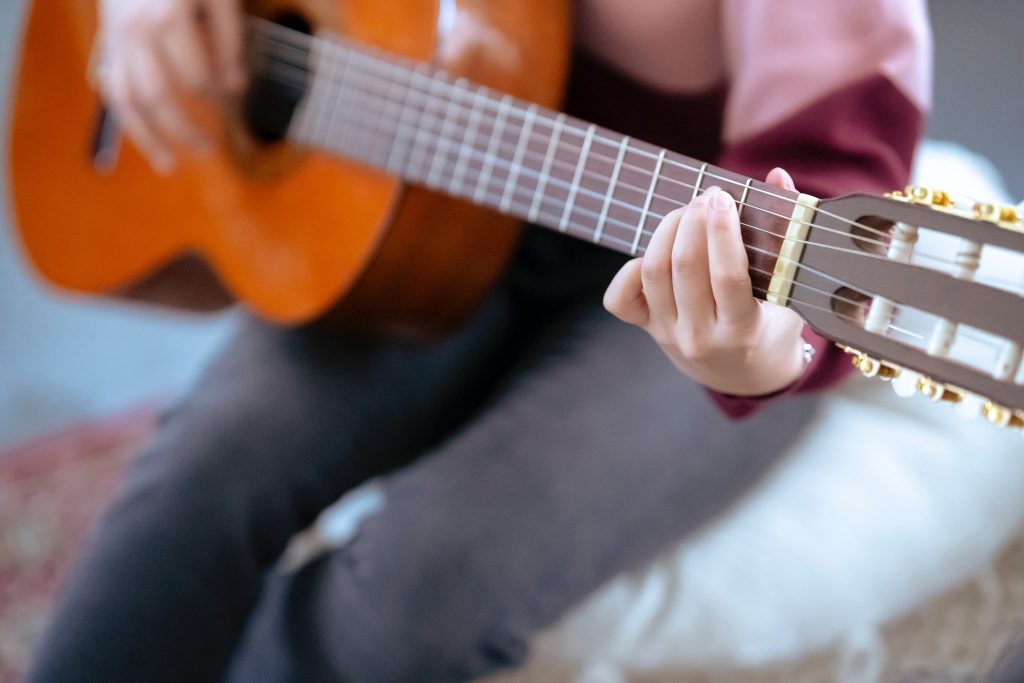
Guitar technique is how we use our hands to play guitar.
We can break down technique into the following categories:
- Left-Hand
- Right-Hand
- Both Hands Together
Everything we do on the guitar includes both hands. So, it’s important to remember this when practicing technique.
Scales
Scales have a variety of different uses. They help us to get to know the fretboard, learn notes (the musical alphabet), and become familiar with shapes for soloing or creating melodies.
Let’s focus on the C major scale.
There are many different scales, but the C major scale is the best starting point for beginner guitarists since it is so common.
Let’s take a look at the C major scale on the first 4 frets.

* If you are familiar with other scales, feel free to substitute another one for your practice routine.
The left hand can use scales to focus on finger movements, finger placement, left-hand shifting, and finger independence.
For the right hand, we can zoom in on plucking accuracy, string changes, and alternate picking.
These are just a few uses for scales. The list can go on and on for quite some time.
Practicing scales can be tiring, so try and think of a specific goal when practicing scales. Each practice session is a new chance to focus on a specific idea. You don’t have to have the same goal every time you pick up the guitar to practice.
Chords and Arpeggios
It’s important to learn and memorize chords since they are the foundation of a lot of different music. It doesn’t matter if it’s rock, pop, jazz, classical, or other western styles of music.
Beginner guitar players should include some chord practice in their routine. You can practice chord changes, learn new chords, or practice the ones you already know.
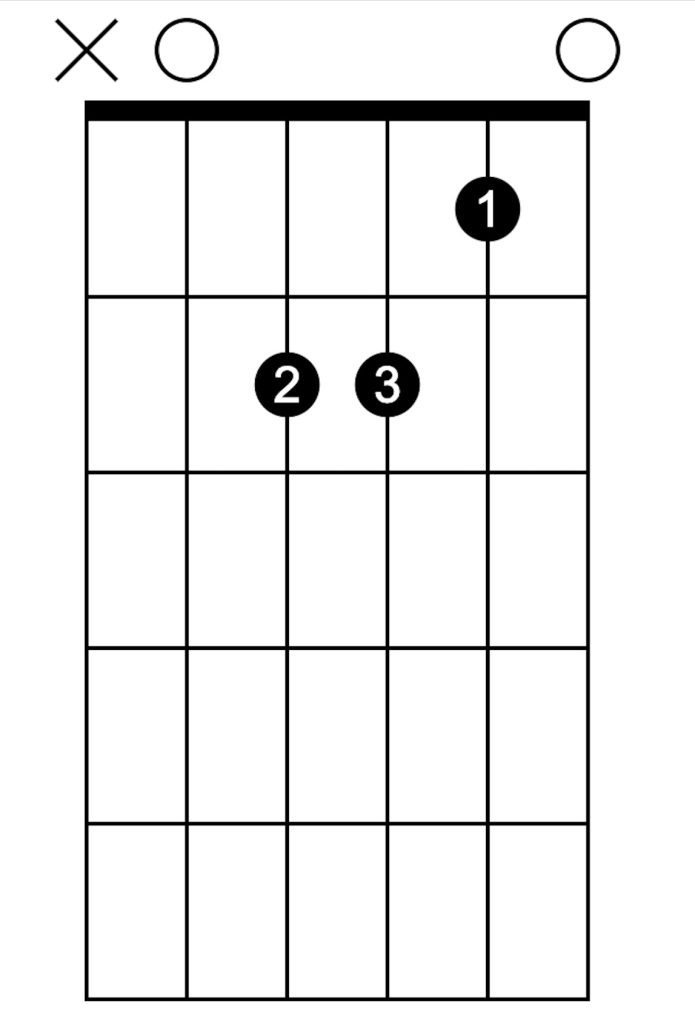
If you are a little further along on your guitar journey, you might have heard of arpeggios.
Arpeggios are chords played one note at a time. Take any chord you know, pluck one note at a time, and you’ll be playing arpeggios.

You don’t need to play complex arpeggios when starting out. You can arpeggiate any chord you know and move forward from there as you progress on the guitar.
Music and Repertoire
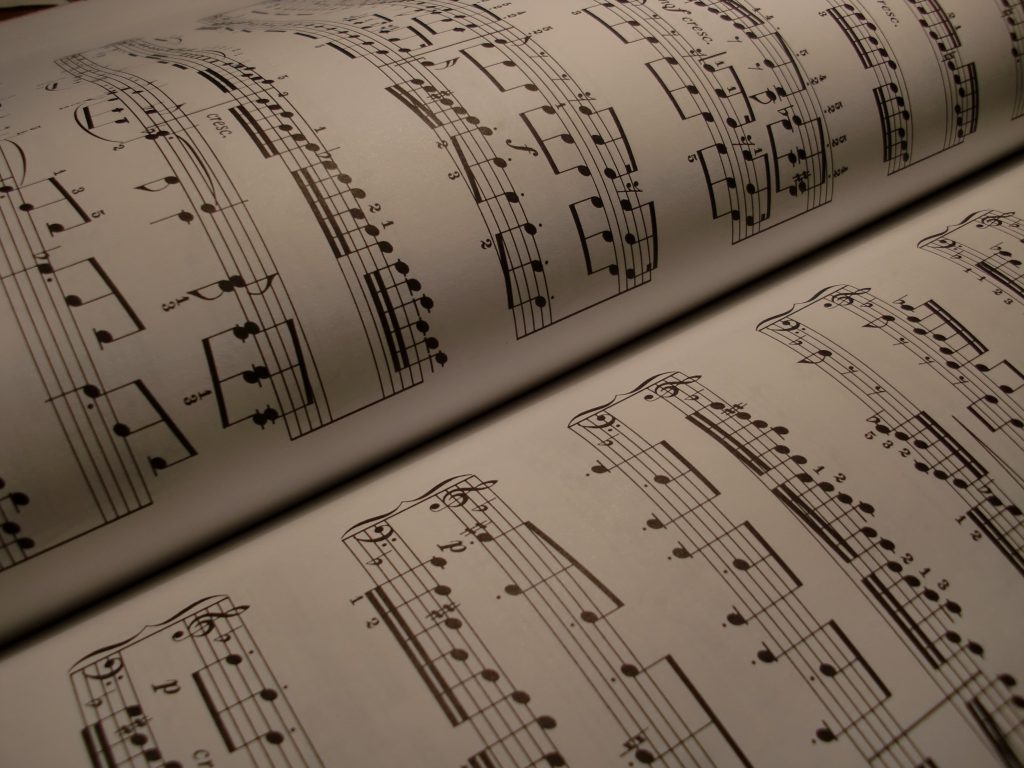
Playing the guitar should be fun so most of your practice routine should focus on practicing actual music (songs).
Focusing too much on technique or other aspects of playing can take the joy out of playing.
Pick a few of your favorite tunes and start practicing!
You can learn the melody of a song, the chords of a particular tune, or create your own. There are many possibilities for practicing actual music.
Not sure of what tunes to work on? Shoot me an email and I’ll point you in the right direction.
Tying Things Together
We have covered warm-ups, scales, chords, and arpeggios. Do your best to connect these different elements of your practice routine.
For example, if you are working on the C major chord, you can practice the C major scale, C major arpeggios, or a song in the key of C major.
This type of work strengthens our understanding of how music works, our practice material, and memorizing so we can refer to it in the future.
Managing Time and Suggested Practice Routines
We all have a varying amount of time we can dedicate to the guitar. Because of this, it is challenging to provide a one-size-fits-all approach.
Below I have come up with suggestions for what to practice, depending on how much time you have available:
5 to 10 Minutes
- Quick Warm-up – Hand Stretches. Play chromatic notes with the left hand and jump into alternate picking with the right hand. Play through the warm-up slowly.
- Music – If you are playing a song, try and work on a specific section. If time allows, feel free to play through the whole song.
5 to 10 minutes is not a lot of time to practice but do your best. Even a little bit of practice will keep your playing moving forward.
If possible, try and find a time once or twice during the week to practice for more time. You can use long practice sessions to focus on new material and small practice sessions to reinforce what you are practicing.
10 to 20 Minutes
- Quick Warm-up – Do some hand stretches, play through chromatic exercises, and focus on alternate picking with the right hand.
- Technique – Spend a minute or two working on a specific technique using scales, chords, or arpeggios. It can be finger placement, shifting between two different notes, synchronizing both hands, etc.
- Music – Focus on a section or two of the music and then run through the song at least one time during your practice. If you are feeling confident after a run-through, record yourself and then listen to see if there is anything you can improve in the next practice session.
20 to 30 Minutes
- Warm-up – Hand stretches, open strings with the right hand, and chromatic exercises with the left-hand.
- Technique – Spend a few minutes on a scale, a chord, or arpeggios. Make sure you are focusing on a specific technique such as finger placement, hammer-ons and pull-offs, shifting, etc
- Music – Break up the songs you are working on into sections and work on the parts that are giving you trouble.
30 Minutes to 1-hour
- Warm-up – Hand stretches, open strings with the right hand, and chromatic exercises with the left hand. Add hammer-ons and pull-offs if you have experience with them.
- Technique – Scales, Chords, and Arpeggios should be a part of your technique routine. You don’t have to spend a ton of time on them, but a few minutes on each element is crucial.
Scales – Work on a scale you know and focus on a particular area of technique. Is your finger placement accurate? Are your shifts clean? Can you play the scale in different positions?
Chords – Being able to change between chords is vital. Try and work on getting shifts as clean as possible.
Arpeggios – Whatever chords you know, practice them as arpeggios. If you have experience with the same chord in different positions, make up your own arpeggio patterns. Experiment and have fun. - Music – Break up the music you are working on into sections and tackle whatever is giving you trouble. After you can work things out, start putting sections together and practice playing the piece/song all the way through.
If you are comfortable with the song, record yourself and listen to where you could improve things. If all is well, you can start a new tune!
1-hour or More
- Warm-up – Hand stretches, open strings with the right hand, and chromatic exercises with the left-hand. Add hammer-ons and pull-offs if you have experience with them.
- Technique – Scales, Chords, and Arpeggios should be a part of your technique routine. You don’t have to spend a ton of time on them, but a few minutes on each element is crucial.
Scales – Work on a scale you know and focus on a particular area of technique. Is your finger placement accurate? Are your shifts clean? Can you play the scale in different positions?
Chords – Being able to change between chords is vital. Try and work on getting shifts as clean as possible.
Arpeggios – Whatever chords you know, practice them as arpeggios. If you have experience with the same chord in different positions, make up your own arpeggio patterns. Experiment and have fun. - Music – You have plenty of time to work on music if you have 1-hour or more.
Break up the music you are working on into sections and tackle whatever is giving you trouble. After you can work things out, start putting sections together and practice playing the piece/song all the way through.
If you are comfortable with the song, record yourself and listen to where you could improve things. If all is well, you can start a new tune!
* If you have more than 1 hour to play guitar and are wondering what you should do, shoot me an email with some details and I’ll get back to you soon.
How to Practice Guitar

Learning how to practice guitar is a book in and of itself. (Of which there are several written on this topic. One of my personal favorites is “On Practicing” by Ricardo Iznaola)
Some important points on how to practice are:
- Focus on a specific task in the routine. Don’t try to do many things at once.
- You can use a timer to help you stay on track during your practice. This is the “Pomodoro Technique.”
- Practice slowly. If you are making mistakes at any point, you are likely going faster than your fingers are capable of at this stage.
- Set a simple goal for your practice session. “Today I will try to get this chord change as smooth as possible.”
If your goal is to play like Jimi Hendrix in one practice session, you might encounter some challenges. - If time allows, take a break for a few minutes. Our ability to focus and absorb information breaks down the longer we practice without a break.
Wrapping Up
Finding a routine that works for us takes time and lots of experimenting. Everything we have covered here is to get you started with a firm idea of what to tackle in your practice.
It is by no means 100% complete and the only way to practice.
Use these routines as a starting point, experiment, and then change things up from time to time to keep things fresh.